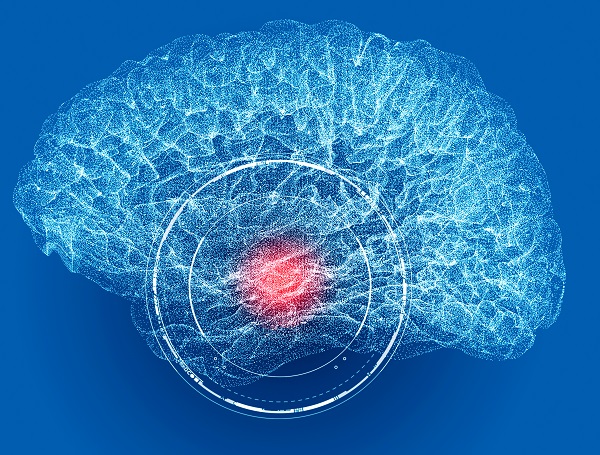How Does a Neurosurgeon Treat a Brain Aneurysm?

A brain aneurysm, also known as a cerebral or intracranial aneurysm, is a point of weakness of an artery in the brain. It is like a balloon on an artery. Since the artery wall is weaker at the point of aneurysm, there is a risk of rupture. A ruptured aneurysm can lead to subarachnoid hemorrhage (bleeding into the brain) and requires emergency treatment.
Treatment for a brain aneurysm
A brain aneurysm that is yet unruptured but is large or causing symptoms can be treated. The objective of treatment for both ruptured and unruptured aneurysms is to lower the risk of blood flow from the aneurysm to the brain.
MRI or CT scans: The surgeon will review high-resolution, 3D images of the brain and the blood vessels to determine the size, shape and location of the aneurysm, as well as the possible bleeding or spasms that may indicate a high risk of stroke. These tests last about 30 to 60 minutes and are almost painless. When CT scans or MRIs are used to check blood vessels (angiograms), they are considered CTAs and MRAs.
Cerebral angiography: The surgeon will insert a catheter through a small incision into one of the major arteries and thread it through the circulatory system to the neck. Afterward, they will inject a contrast dye into the catheter, which moves to the brain’s arteries to mark the location and severity of the aneurysm. Generally, this test lasts for about an hour and requires that the patient lies flat for another two to four hours.
There are many treatments available. The options can include the following.
Medications
The neurosurgeon may prescribe drugs to lower blood pressure and symptoms like seizures.
Microsurgical clipping
The surgeon will create an open incision in the back of the skull (craniotomy) and put one or more metal clips across the neck of the aneurysm. This stops blood from gaining entry into the aneurysm sac, prevents enlargement and lowers the risks of future bleeding.
Cerebral artery bypass and coiling
By making an open incision in the skull, neurosurgeons redirect blood flow around the weak artery with a replacement blood vessel from another area of the body, typically the leg. The new artery circumvents the damaged blood vessels and restores the healthy flow of blood in the brain. Afterward, the surgeon will insert small coils into the aneurysm neck to seal it.
Endovascular coiling or embolization
With high-resolution images as their guide, a neurosurgeon can create a small incision and insert a catheter into a major artery (often the groin). Afterward, small metal coils are placed via the catheter into the weakened artery to stop or lower blood flow to the aneurysm.
Endovascular stenting and flow
The process is similar to embolization or coiling, except that only a tiny stent will be used to redirect blood flow from the aneurysm. Eventually, the stent will lead the aneurysm to seal off.
Final note
Not all cases of brain aneurysm need treatment. The neurosurgeon will try to evaluate the potential risks of bleeding from an aneurysm against the risk of treatment and options available. When the risk of treatment is lower than nontreatment, they will recommend treatment.
Get more information here: https://www.brainandspineni.com or call Brain and Spine Neuroscience Institute at (813) 751-2029
Check out what others are saying about our services on Yelp: Brain Aneurysm in Palm Harbor, FL.
Related Posts
Sciatica is a condition characterized by pain that radiates along the path of the sciatic nerve, which runs from the lower back through the hips and buttocks and down each leg. It typically affects only one side of the body and can cause debilitating pain, numbness, or weakness in the affected leg. While sciatica often…
If you have been referred to a brain surgeon, you may feel nervous or confused about what to expect during the consultation. This initial meeting is essential, as it sets the expectations and goals for your treatment journey. Knowing what this medical professional does and what to expect prior to the first appointment can provide…
Brain aneurysms are bulges that develop in the blood vessels in and around the brain. Though most do not cause harm, some can become enlarged, and the consequences of a rupture are severe, even life-threatening. Therefore, it is important to understand your risk of a brain aneurysm, symptoms to watch for, and steps you can…
Navigating neurological challenges requires professional treatment from a neurosurgeon, personal perseverance, and healthy coping strategies. If you have been diagnosed with a neurological issue or are caring for a loved one who has, there is help available. Here are some helpful insights about the intricacies of the human brain and the comprehensive care needed to…
